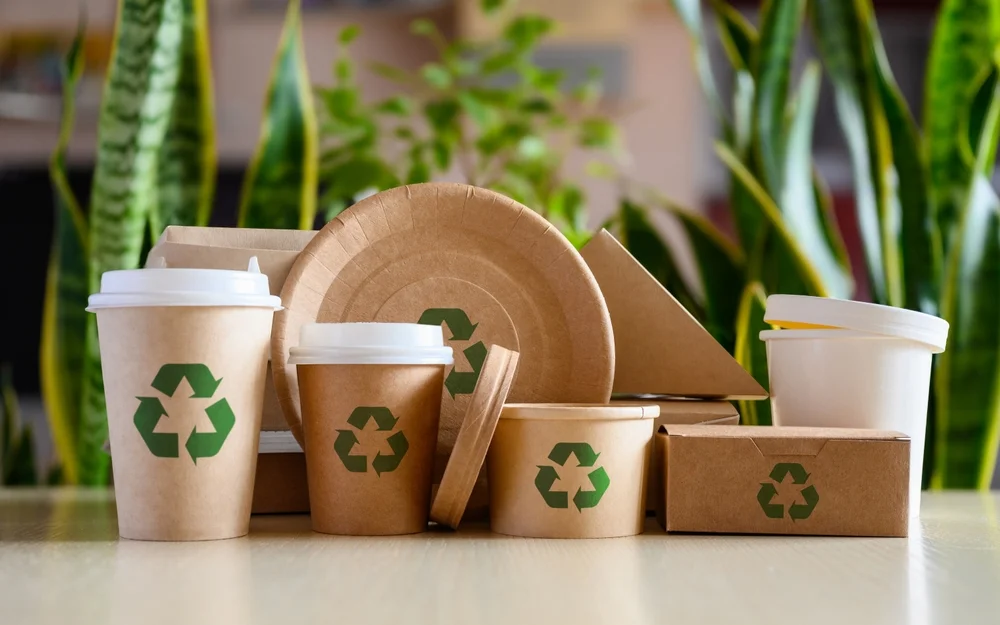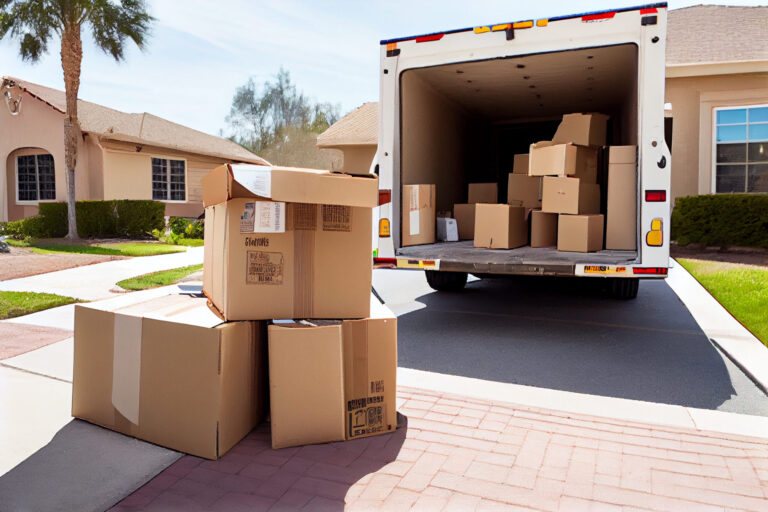How to Balance Packaging Functionality and Environmental Impact
In today’s environmentally conscious marketplace, sustainable packaging is no longer a luxury but a necessity.
Consumers are increasingly demanding eco-friendly solutions, and businesses must balance functionality with environmental impact.
Let’s explore the key principles and strategies for achieving sustainable packaging that meets both consumer needs and ecological goals.
The Importance of Sustainable Packaging
Consumers are more aware than ever of environmental issues. They prefer brands that demonstrate a commitment to sustainability and are willing to pay a premium for eco-friendly products.
Sustainable packaging can enhance brand loyalty. When consumers see that a company prioritizes the environment, it builds trust and strengthens the emotional connection with the brand.
Regulatory Pressures and Market Trends
Legislation Governments worldwide are implementing stricter regulations on packaging materials and waste management. Compliance with these regulations is crucial for businesses to avoid penalties and maintain market access.
Market Differentiation Incorporating sustainable practices into packaging design can differentiate a brand in the marketplace. It positions the brand as a leader in sustainability and appeals to environmentally conscious consumers.
Principles of Sustainable Packaging
Reduce, Reuse, Recycle
Reduce Minimize the use of materials in packaging. Opt for lightweight, efficient designs that use fewer resources and generate less waste.
Reuse Design packaging for multiple uses. Encourage consumers to repurpose or return packaging for reuse, reducing the need for single-use materials.
Recycle Use materials that are easily recyclable. Ensure that packaging can be processed in existing recycling systems to facilitate a circular economy.
Lifecycle Assessment
Material Sourcing Evaluate the environmental impact of sourcing raw materials. Choose renewable, responsibly sourced materials to minimize ecological footprint.
Production Assess the energy and water usage, emissions, and waste generated during production. Implement processes that reduce environmental impact.
End-of-Life Consider what happens to packaging after its use. Design for recyclability, biodegradability, or compostability to reduce landfill waste.
Strategies for Sustainable Packaging
Material Innovation
Biodegradable Materials Use biodegradable materials that break down naturally, reducing long-term environmental impact. Examples include cornstarch-based plastics, mushroom packaging, and biodegradable paper.
Recycled Content Incorporate recycled materials into packaging. Recycled paper, cardboard, and plastics reduce the need for virgin materials and support recycling industries.
Alternative Materials Explore innovative materials such as bamboo, hemp, and seaweed. These materials are renewable, often requiring fewer resources to produce and process.
Eco-friendly Design
Minimalist Packaging Adopt minimalist design principles that use less material and avoid excessive packaging. Simplified designs are not only eco-friendly but also cost-effective. For example, do you really need that oxygen absorber in your jerky packaging?
Compact and Efficient Design packaging that maximizes space efficiency. Compact packaging reduces shipping volume and energy consumption during transportation. Think pillows for pasta packaging instead of multi-layered plastic sheaths, plastic trays, and cardboard.
Functional Features Incorporate functional features that enhance usability and extend the life of packaging. Examples include resealable closures, modular designs, and versatile containers.
Consumer Engagement and Education
Clear Labeling Use clear, informative labeling to communicate the environmental benefits of your packaging. Include recycling instructions and encourage proper disposal.
Transparency Be transparent about your sustainability practices. Share information about material sourcing, production processes, and environmental impact on your website and packaging. This is a must for organic, healthful products such as when packaging tea.
Incentivize Recycling Encourage consumers to recycle packaging by offering incentives. Programs such as return-for-reward or discounts on future purchases can motivate sustainable behaviors.
Case Studies: Successful Sustainable Packaging
Lush Cosmetics: Naked Packaging
Zero-waste Philosophy Lush Cosmetics has pioneered the concept of “naked” packaging, offering products without any packaging at all. For products that require packaging, they use recycled, recyclable, and compostable materials.
Consumer Engagement Lush engages consumers with its sustainability mission through in-store displays, online content, and product labeling. The brand’s commitment to sustainability has garnered a loyal following.
IKEA: Renewable and Recycled Materials
Sustainable Materials IKEA uses a range of renewable and recycled materials in its packaging. The company aims to eliminate single-use plastics and ensures that all packaging is recyclable or compostable.
Lifecycle Approach IKEA takes a lifecycle approach to packaging, considering environmental impact from material sourcing to end-of-life. This holistic view drives continuous improvement and innovation in packaging design.
Implementing Sustainable Packaging in Your Business
Assess Current Packaging
Inventory and Analysis Conduct a thorough inventory of your current packaging materials and designs. Analyze their environmental impact, including material sourcing, production processes, and end-of-life disposal.
Identify Opportunities Identify areas where you can reduce material usage, switch to more sustainable materials, or improve recyclability. Prioritize changes that will have the greatest environmental and economic impact.
Develop a Sustainability Plan
Set Goals Set clear, measurable goals for improving packaging sustainability. Goals might include reducing material usage, increasing recycled content, or achieving 100% recyclable packaging.
Collaborate with Suppliers Work closely with suppliers to source sustainable materials and implement eco-friendly production processes. Collaborative partnerships can drive innovation and shared success.
Monitor and Report Track progress toward your sustainability goals and report results transparently. Regular monitoring ensures accountability and provides data for continuous improvement.
Challenges and Solutions
Cost Implications
Initial Investment Sustainable materials and processes may require higher upfront costs. However, long-term savings can be achieved through reduced material usage, improved efficiency, and enhanced brand loyalty.
Economies of Scale As demand for sustainable packaging grows, economies of scale will reduce costs. Advocate for industry-wide adoption to drive down prices and increase accessibility.
Consumer Perception
Educating Consumers Educate consumers about the benefits and importance of sustainable packaging. Clear communication can shift perceptions and increase willingness to support eco-friendly brands.
Balancing Expectations Balance sustainability with functionality and aesthetics. Ensure that sustainable packaging meets consumer expectations for product protection and visual appeal.
Conclusion
Sustainable packaging is a vital component of modern business strategy, balancing functionality with environmental responsibility.
By adopting eco-friendly materials, innovative designs, and transparent communication, businesses can meet consumer demand, comply with regulations, and differentiate themselves in the market.
Invest in sustainable packaging to enhance brand loyalty, reduce environmental impact, and drive long-term success.
Actionable Steps
- Evaluate Your Packaging: Conduct a comprehensive assessment of your current packaging to identify opportunities for improvement.
- Set Sustainability Goals: Define clear, achievable goals for reducing environmental impact through sustainable packaging practices.
- Engage Consumers: Educate and engage consumers about your sustainability efforts to build trust and loyalty.
- Continuously Improve: Monitor progress, gather feedback, and iterate on your packaging strategy to stay ahead of market trends and regulatory requirements.
Final Thoughts
The shift towards sustainable packaging is not just a trend—it’s a fundamental change in how businesses operate and interact with the environment.
By prioritizing sustainability, companies can contribute to a healthier planet while also reaping the benefits of enhanced brand reputation, consumer loyalty, and operational efficiencies.
Embrace sustainable packaging as a strategic imperative for a brighter, more sustainable future.
Keep an eye for more news & updates BuzzReleased.com






